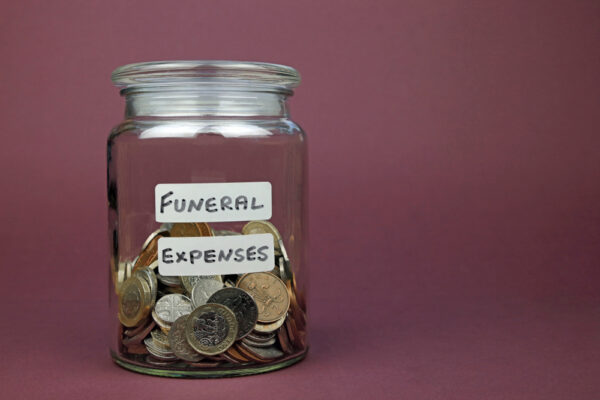
Understanding the Financial Basics of Market Volatility
Before diving into specific strategies, it is important to understand a few core concepts. Demystifying these terms will help you make more informed decisions about your money.

What is Market Volatility?
In simple terms, market volatility is the speed and size of changes in the stock market’s value. High volatility means prices are swinging up and down dramatically over a short period. Low volatility means prices are relatively stable. While it can be unsettling, volatility is a natural feature of a healthy market. The key challenge in retirement is that you have less time to recover from the “down” swings compared to someone in their 30s or 40s.

Sequence of Returns Risk
This is one of the biggest, yet least-known, risks for new retirees. It refers to the danger of experiencing poor investment returns in the early years of your retirement. Withdrawing money from a portfolio that is declining in value can dramatically damage its long-term health.
Let’s use a simple example. Imagine two retirees, Jane and John. Both start with a $500,000 portfolio and plan to withdraw $25,000 (5%) each year.
- Jane’s First Year: The market goes up 10%. Her portfolio grows to $550,000. After she withdraws $25,000, she has $525,000 left. She is in great shape.
- John’s First Year: The market goes down 10%. His portfolio shrinks to $450,000. When he withdraws his needed $25,000, he is left with only $425,000.
Even if John’s portfolio experiences strong growth in later years, he may never catch up to Jane. He had to sell more of his investments when their prices were low, permanently depleting his capital. This is sequence of returns risk in action, and it is why managing volatility in early retirement is so critical.

Asset Allocation
Asset allocation is simply how your money is divided among different types of investments. The main categories are stocks (equities), bonds (fixed income), and cash (or cash equivalents like money market funds). Stocks offer the highest potential for growth but also come with the most risk and volatility. Bonds are generally safer and provide predictable income, but offer lower growth. Cash is completely safe but can lose purchasing power over time due to inflation.
Your personal asset allocation is the most powerful tool you have to control your risk level. A younger person might have 80% of their money in stocks, while a retiree might have only 40% or 50% in stocks to reduce their exposure to market downturns.


















